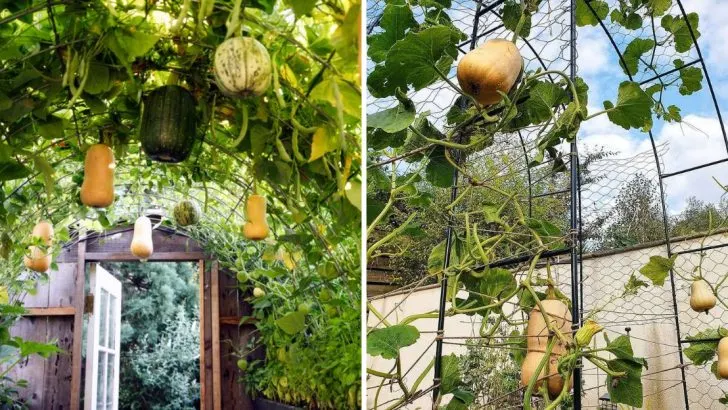Growing squash in a small garden might seem challenging, but vertical gardening can make it not only possible but incredibly productive. By training squash plants to grow upward, you can save space, improve air circulation, and make harvesting easier.
Whether you’re dealing with zucchini, yellow squash, or even winter varieties, a vertical approach can transform your garden. Follow these 7 essential steps to grow squash vertically and enjoy a thriving harvest in even the smallest spaces!
Choosing the Right Squash Variety
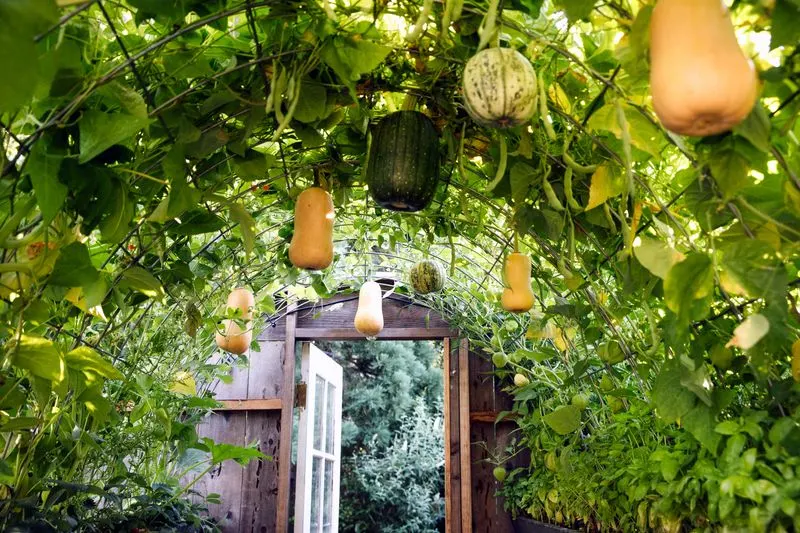
Selecting the appropriate squash variety is crucial for vertical growth success. Compact and bushy types like ‘Honey Bear’ or ‘Bush Delicata’ are ideal for small gardens. These varieties tend to have shorter vines, making them easier to manage on a trellis. Look for seeds labeled as “bush” or “compact” at your local garden center. Consider your climate and growing conditions; some squash do better in certain temperatures. Research and choose plants that match your area’s weather patterns. A wise choice will set the foundation for a fruitful harvest and less maintenance.
Preparing the Soil
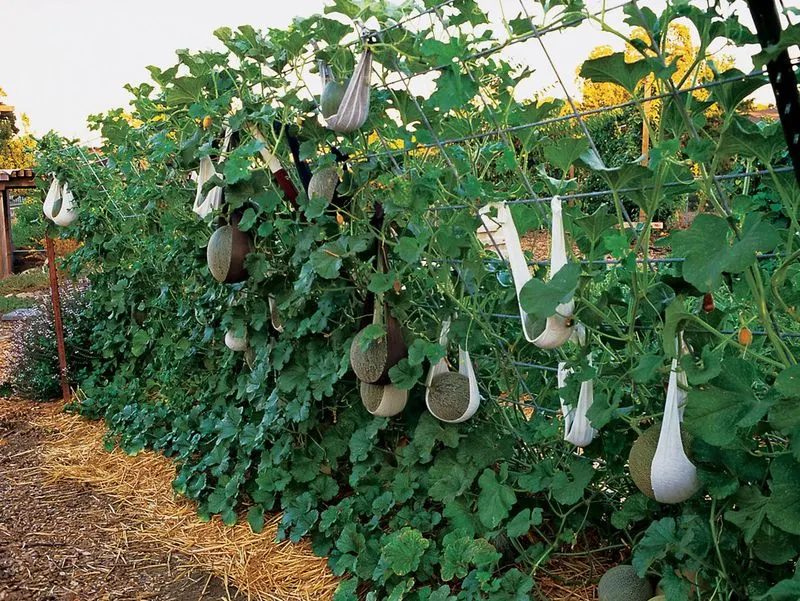
Healthy soil is the backbone of any thriving squash plant. Begin by tilling the garden area to break up any clumps and remove debris. Incorporate organic compost to enrich the soil, providing essential nutrients. A balanced pH is key; aim for a slightly acidic to neutral level. Test your soil using a simple kit from the garden store. Adjust as necessary with lime or sulfur. Preparing the soil properly ensures that your squash plants will have a strong start and continue to receive the nourishment they need throughout the growing season.
Building a Strong Trellis
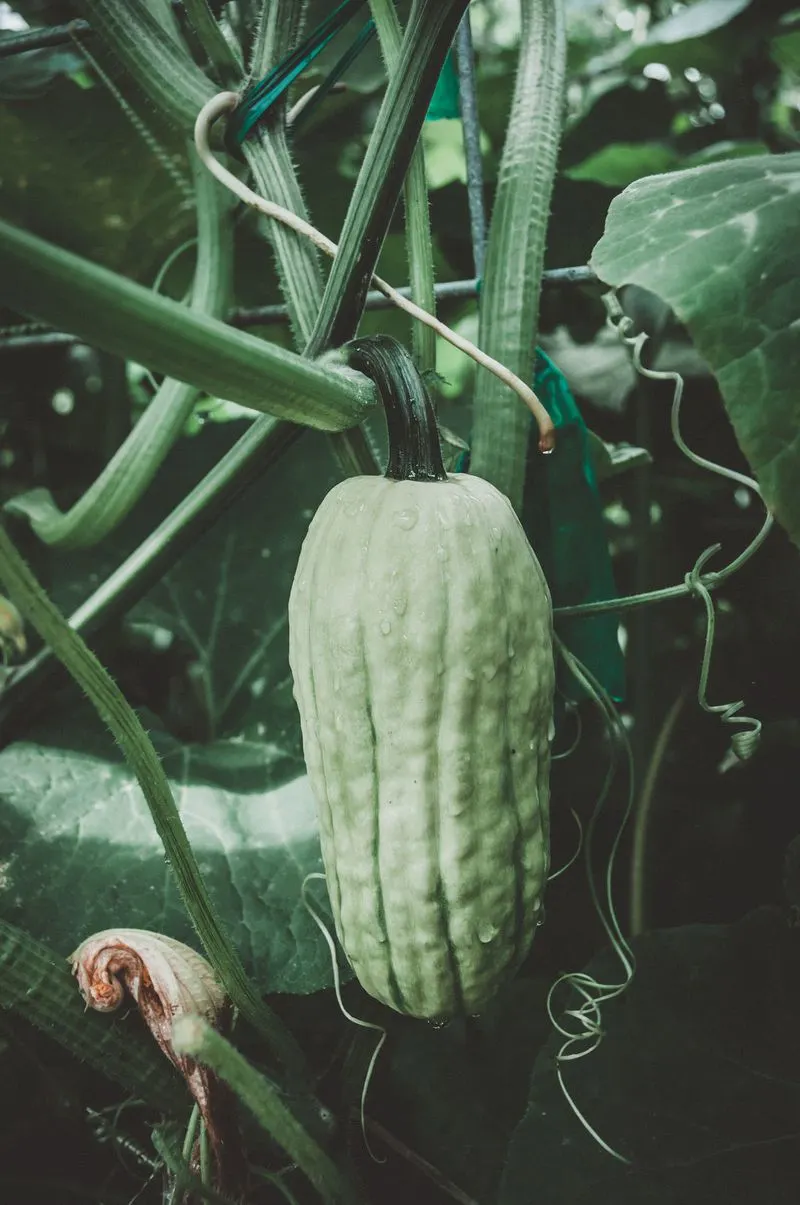
A sturdy trellis is essential for supporting squash as they grow vertically. Choose materials like wood or metal that can withstand the weight of mature plants. Position the trellis where it will receive adequate sunlight throughout the day. Secure it firmly into the ground to prevent toppling during strong winds. Consider the height; a taller trellis allows for more growth but may require additional support. A well-built trellis not only supports the plants but also enhances the garden’s aesthetic. Attention to detail here pays off in the long run.
Planting and Training the Vines
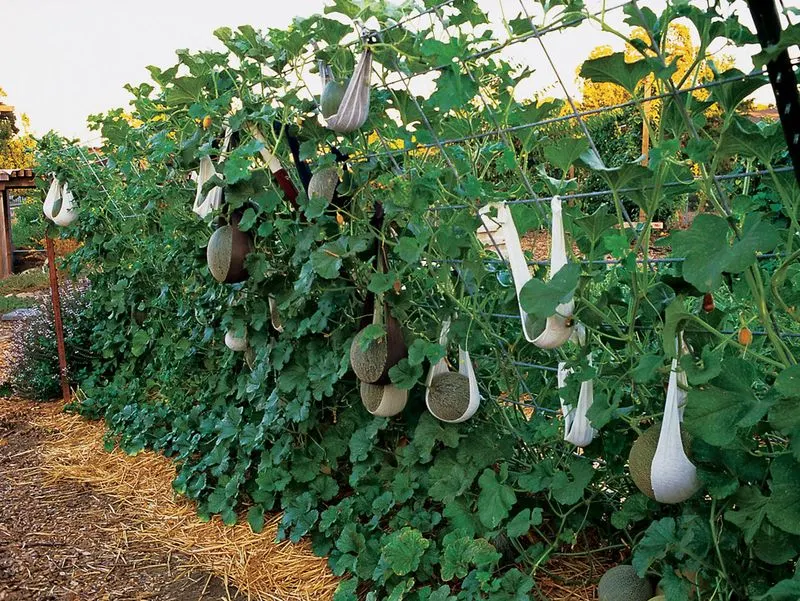
Planting squash at the base of your trellis is the beginning of vertical growth. As the vines emerge, gently guide them onto the structure. Regularly check for any wayward paths and redirect them as needed. Use soft ties to secure the vines without damaging them. Consistent training helps plants grow in the desired direction and maximizes space. Monitoring growth also allows you to spot any early signs of disease or pests. By keeping a watchful eye and ensuring vines adhere to their path, you’ll promote healthy development and robust yields.
Watering and Fertilizing
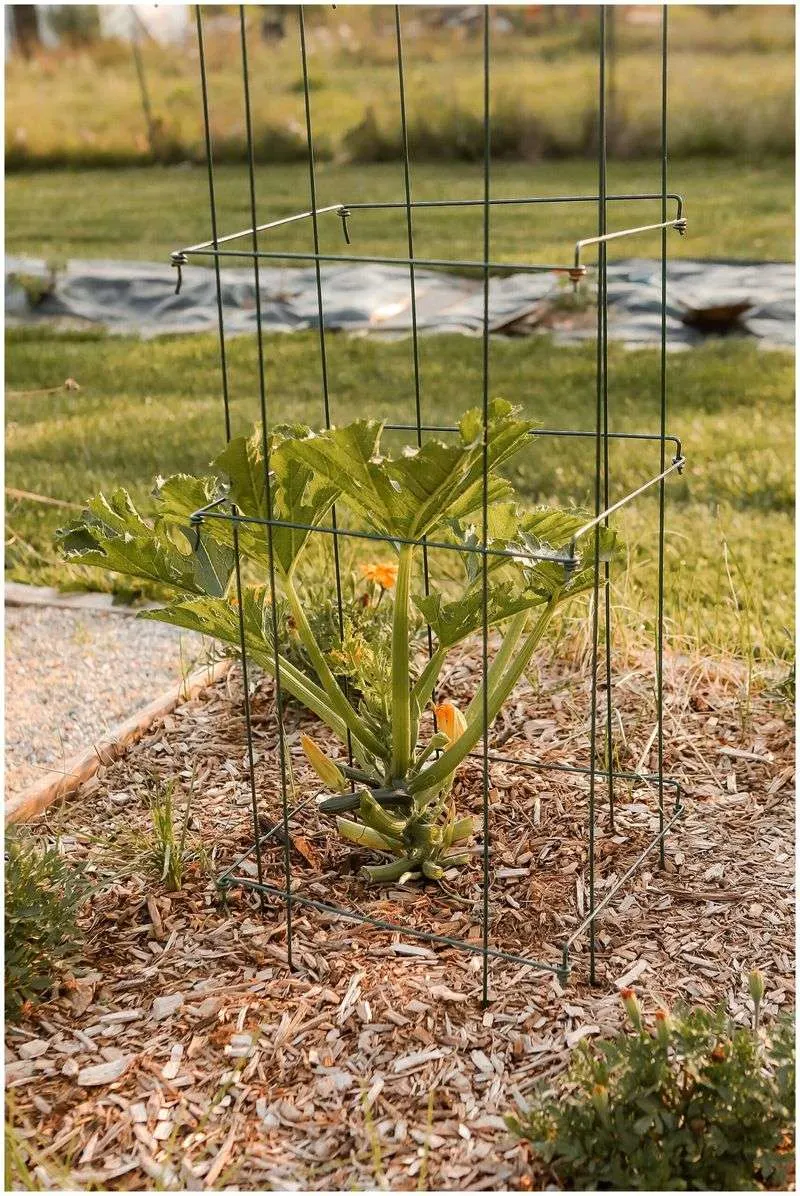
Consistent watering is vital for squash, especially when growing vertically. Ensure the soil remains moist but not waterlogged. Early morning watering minimizes evaporation and fungal risks. Fertilizing every few weeks with a balanced formula promotes vigorous growth. Look for signs of nutrient deficiencies like yellowing leaves. Adjust feeding schedules based on plant responses. Over-fertilizing can harm plants, so follow manufacturer guidelines closely. A mindful approach to watering and feeding nurtures strong, healthy squash plants. Regular attention here prevents many common growing issues and leads to a bountiful harvest.
Managing Pests and Diseases
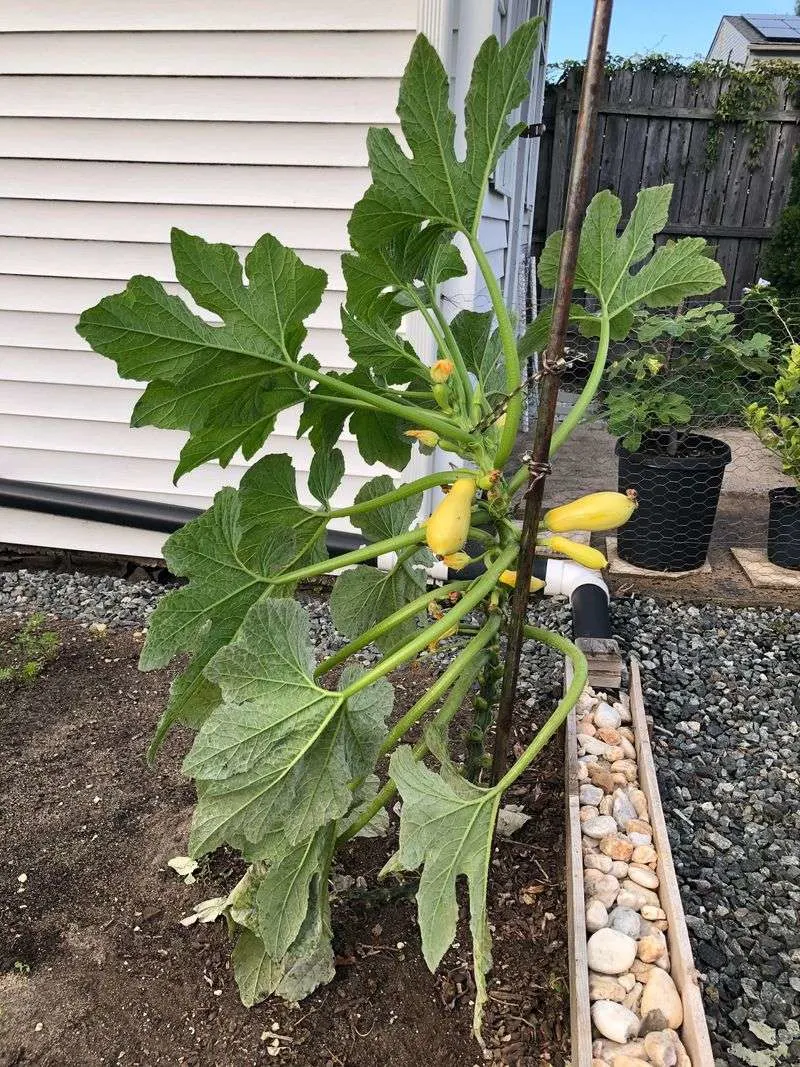
Pests and diseases can hinder the success of your squash plants. Begin with regular inspections to catch problems early. Look for signs of aphids, squash bugs, and powdery mildew. Use organic pest control methods like neem oil or insecticidal soap to address infestations. Rotate crops annually to prevent disease buildup in the soil. Remove any affected leaves promptly to stop the spread. Healthy plants naturally resist many pests, so maintaining their overall well-being is crucial. Vigilance and proactive care protect your plants from the most common threats.
Harvesting and Maintenance
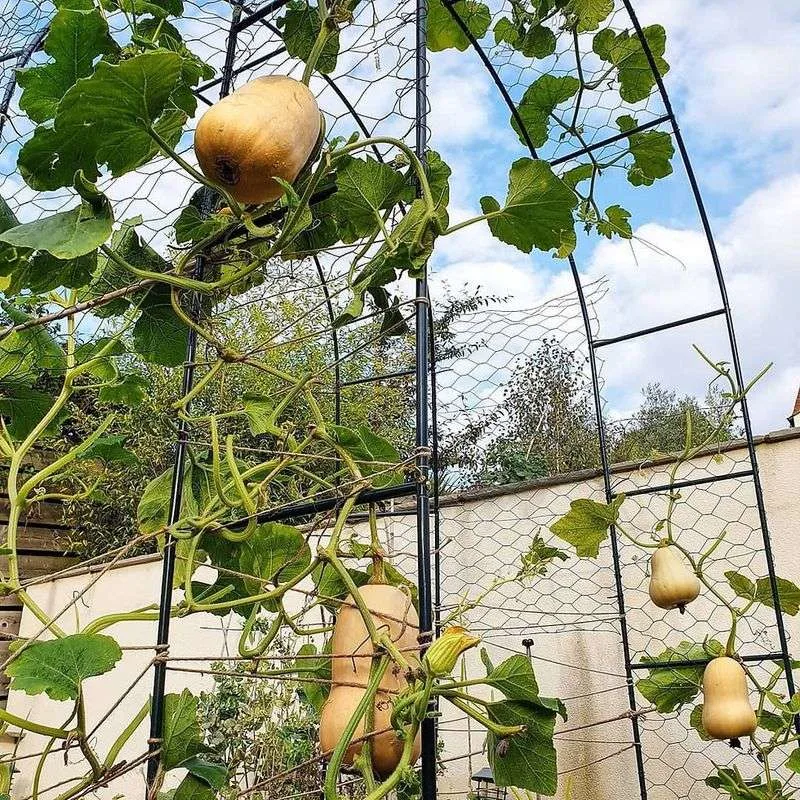
Regular harvesting ensures your squash plants continue to produce. Gently twist or cut the squash from the vine when they’re ripe, usually indicated by a rich color and firm texture. Frequent picking encourages further growth and prevents the fruit from becoming too heavy. During maintenance, inspect the trellis and vines for any needed repairs or adjustments. Prune back any overcrowded areas to improve air circulation. A well-maintained garden is not only more productive but also more pleasing to spend time in. Enjoy the fruits of your labor as they come to fruition.

